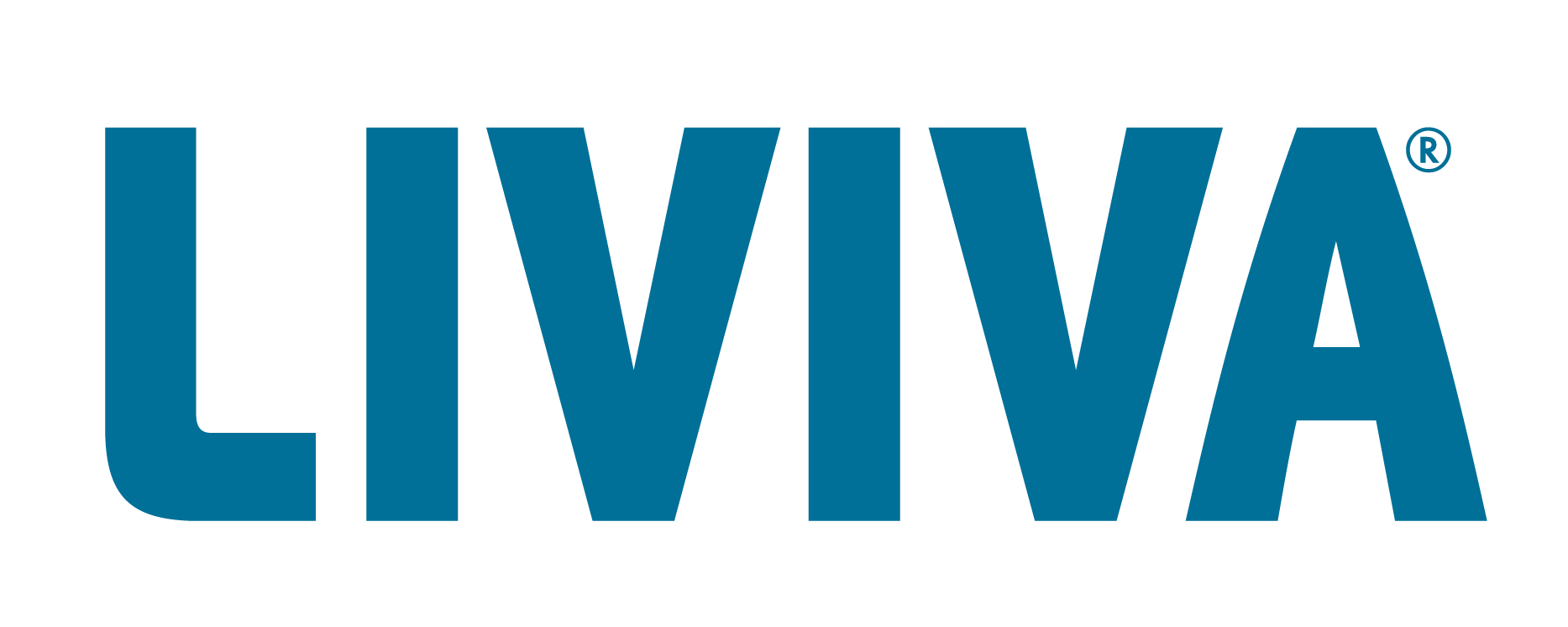Organic Shirataki Penne with Oat Fiber (6 - 24 pk)
$32.35
/
LIVIVA Organic Shirataki Penne with Oat Fiber is the perfect pasta substitute! This superfood, made from organic konjac root, and all-natural ingredients contains just 15 calories, zero sugar, and zero fat per serving. Artisan-crafted to ensure the best taste, LIVIVA Organic Shirataki Penne with Oat Fiber makes a great (and delicious) addition to your next meal. Just use it like you would any pasta and enjoy!
- LIVIVA Organic Shirataki Penne with Oat Fiber 14.11 oz (400 g)
- 4 Calories, 0g Sugar, 0g Fat per serving
- 100% Organic, Gluten-Free, Non-GMO, Vegan, Keto, Halal & Kosher certified
- LIVIVA Organic Shirataki Penne with Oat Fiber is a healthy alternative to regular pasta
- A Low Calorie Food
- Keto Certified
- Low in net carbs
- Gluten Free
- No Odor
- Delicious taste that is firm to the bite
INGREDIENTS
- Water
- Organic Konjac Flour
- Oat Fiber
- Citric Acid

COOKING INSTRUCTIONS
Rinse thoroughly and drain. Be sure to squeeze out all excess water. Dry with paper towel. Serve with your favorite sauce or vegetables. Create delicious hot or cold dishes, use in a stir-fry or add to soups. For best results, allow to absorb sauce for a few minutes.
For delicious recipes and to learn about what inspired us to bring Liviva™ to life, visit our blog.


